H&H Shooting Sports Complex owner Miles Hall gives us his take on being a range owner, and his thoughts about the current and future state of the shooting range industry.
We sat down with Miles Hall, Founder and President of H&H Shooting Sports complex, and asked him some questions about his experiences as a range owner and the unique nature of the shooting sports industry. Here’s what he had to say:
The History of H&H Shooting Sports Complex
Miles Hall was not always a gun owner. He and his wife, Jayne were young and just starting their life together when neighbors encouraged them to learn how to use guns and become gun owners. Miles and Jayne decided to visit a local shooting range. Hall says, “We really enjoyed the magic of shooting but found the facility left much to be desired. It was very dirty and obviously hand-made in appearances. But what finally made the decision for us was that we felt we could provide a better place and serve the long-term interest of the sport of shooting.”
Miles and Jayne Hall opened their range in 1981 with the idea of promoting shooting sports. They wanted to be a shooting range, but also an 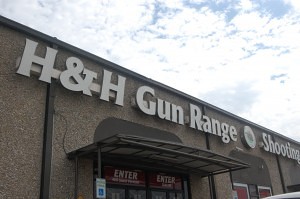 education center. When Hall opened his doors, he had 10 lanes at 50 feet with a lobby and a classroom. Those who originally built the range told him he would never need to add more lanes or increase the range space. Over the years, he has proven that initial statement wrong as they have expanded the facility to meet the demand of the increasing customer base. Last year they had 742,000 people visit their complex that boasts 61 lanes and 90,000 square feet.
education center. When Hall opened his doors, he had 10 lanes at 50 feet with a lobby and a classroom. Those who originally built the range told him he would never need to add more lanes or increase the range space. Over the years, he has proven that initial statement wrong as they have expanded the facility to meet the demand of the increasing customer base. Last year they had 742,000 people visit their complex that boasts 61 lanes and 90,000 square feet.
As they have run their business over the years, the Halls have tried to meet client demand. Hall says, “It wasn’t good enough to just do handguns. They wanted to do rifles. They wanted to come in and be able to shoot their shotguns even though it’s not a skeet range, and they wanted it to handle their black powder guns. And then archery stepped into the fold and air guns also. That was another one too for those folks who shoot pellet rifles and so forth.” The Halls have tried to develop a complete solution for anyone interested in shooting sports, and in doing so, have become among one of the largest retailers in the country. Hall says, “The shooting sports has changed, and you have to either be changing with it or you’re going to die in the past… A lot of things have changed since 1981 when we started.”
Although they service a high volume of guests, H&H tries to make it an enjoyable experience for each person who comes to the complex. Hall says because they are in the entertainment business and no one has to be there, they try very hard to make the time people spend at the range memorable. Their philosophy concerning customer service, or guest service as Hall refers to it, has remained unchanged throughout the years.
The Value of Guest Service
Hall says guest service is the biggest key to his continued growth. At H&H, they don’t call the clients customers. They refer to them as guests. He relates guest service to inviting people into your home. People want to be taken care of and feel welcome. Hall says he listens to what his guests are saying and what they want, and in turn, they have always taken good care of him and his business. He says, “I find it odd that businesses in the gun industry don’t put more focus on what their guests (and their changing guests, by the way) are telling them.”
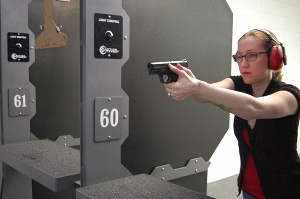
H&H has a process where guests can contact them at any time and give their feedback and concerns. Hall also teamed up with a local university to survey his guest base. When the university provided the results of the survey, the company implemented changes based on the information to try and improve their processes and business. For H&H, guest service is an integral part of their day-to-day operations and business model and not just an afterthought.
Hall also discusses the importance of catering to the women demographic. He says 47% of those using the range and purchasing product are women. After all, H&H stands for Hers and His, and it’s said “Hers and His,” not “His and Hers.” Hall says women are a large part of the sport’s growing population, and it’s important their opinions are heard and they are taken care of.
The Future of the Industry
When asked what goals he has for the future, Hall says he wants to keep growing the sport. He says, “We love being the center of everything. We would love to be a hub… a hub of the shooting sports. The gun industry still has validity. Not just in Oklahoma, but everywhere else. It’s still all about growing the sport.” Future expansion plans for H&H include upgrading their 90,000 square foot facility, and possibly adding two more bays. In the end, Hall again stresses that it’s all about meeting and exceeding the expectations of guests who come visit their complex.
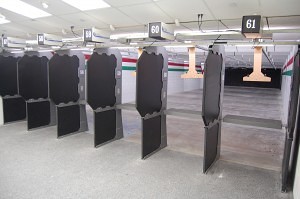
“Ultimately, we’re in the business to make a profit, but we actually look at it a little differently. It’s all about growing the sport.
The tagline on H&H’s website summarizes perfectly what Hall is trying to accomplish: “H&H Shooting Sports Complex is a community, educational and retail facility for developing and promoting the sport of shooting, and it’s to the people of Oklahoma we dedicate our business.”We give them an outlet… the guests, anyway… an outlet to feel pride and go back to their friends and talk about shooting. The fact that they’re shooting at H&H is a good thing, but the real good thing is that they’re shooting period instead of riding a jet ski or bowling or whatever else.”
Thinking About Building a Shooting Range?
Building a shooting range can be an overwhelming process. Your time and resources deserve a partner who will listen to your ideas and turn your dreams and plans into a successful, thriving business. If you are considering building a range, talk to the Action Target Range Consultant in your region, and he will be happy to help you find the right equipment to fit your needs and budget. You can also use our Request a Quote form to get started on your range project today.
Please note, the tips included in this message have been found to be helpful for many clients throughout the years but may not apply in all situations. Please use judgment in determining which tips will be helpful in your particular situation.







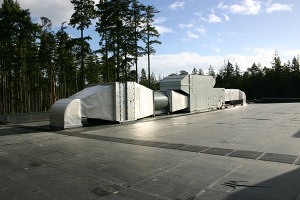

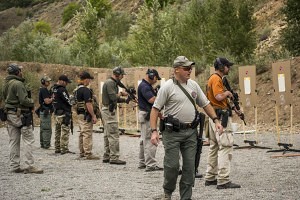 There are so many different types of “firearms instructors” that it’s virtually impossible to give a standardized answer to this question. In no way do I think I have all the answers to this question. The purpose of this article is to simply get instructors thinking about possible answers.
There are so many different types of “firearms instructors” that it’s virtually impossible to give a standardized answer to this question. In no way do I think I have all the answers to this question. The purpose of this article is to simply get instructors thinking about possible answers.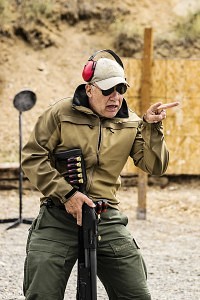 As I look at it, there are levels and stepping stones in your instructing career. Generally speaking, I would venture to say some of the best instructors have law enforcement (LE) and/or military backgrounds. However, I’m sure there are exceptions out there.
As I look at it, there are levels and stepping stones in your instructing career. Generally speaking, I would venture to say some of the best instructors have law enforcement (LE) and/or military backgrounds. However, I’m sure there are exceptions out there.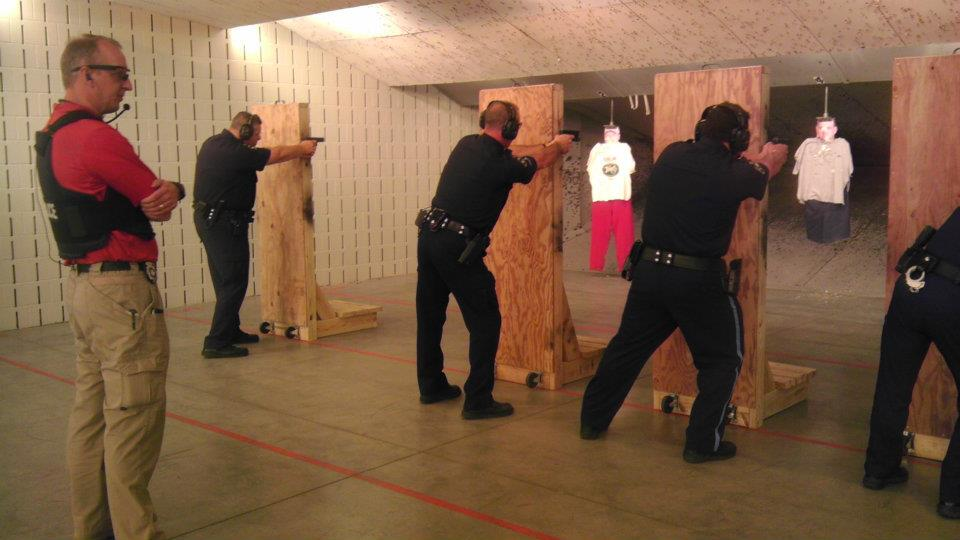 Since we are trying to define what a professional firearms instructor is, it seems the first place to start would be to discuss professionalism. As I said earlier, there are many types of instructors which will alter some of the requirements. To begin with, we owe it to our students and our industry to have a clean professional appearance and attire. If you’re honest with yourself, it’s hard to disagree with the idea of showing a professional appearance. It’s not difficult to wear a polo or other collared shirt. Wearing some sort of T-shirt or an untucked shirt just tells your students you’re sloppy and unprofessional.
Since we are trying to define what a professional firearms instructor is, it seems the first place to start would be to discuss professionalism. As I said earlier, there are many types of instructors which will alter some of the requirements. To begin with, we owe it to our students and our industry to have a clean professional appearance and attire. If you’re honest with yourself, it’s hard to disagree with the idea of showing a professional appearance. It’s not difficult to wear a polo or other collared shirt. Wearing some sort of T-shirt or an untucked shirt just tells your students you’re sloppy and unprofessional.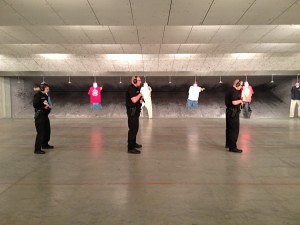 I have already mentioned that you can always learn something new. To do that, you need to continually reevaluate yourself as a firearms instructor. I put a date on all of my police recruit / instructor manuals to require myself to reevaluate the techniques, tactics, and gear every two years. If you haven’t changed any of your curriculum in more than two years, you have most likely rested on your laurels and are now becoming a liability. Be open to evaluating different techniques.
I have already mentioned that you can always learn something new. To do that, you need to continually reevaluate yourself as a firearms instructor. I put a date on all of my police recruit / instructor manuals to require myself to reevaluate the techniques, tactics, and gear every two years. If you haven’t changed any of your curriculum in more than two years, you have most likely rested on your laurels and are now becoming a liability. Be open to evaluating different techniques.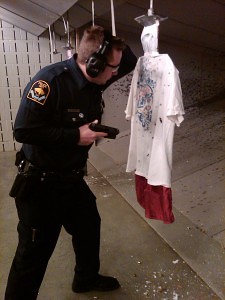 The worst thing a professional firearms instructor can do is to fail to vet a new technique, tactic, or piece of gear. Many times, I’ve watched an instructor go to a school or seminar, learn some new tactic, and come back to start teaching it as the “new coolest thing” in the world of shooting. Usually, within a few weeks or months, the instructor realizes the technique isn’t sound and may only work on flat, sterile ranges as opposed to real world situations. The problem is that the damage is already done. Every instructor is liable for what they have taught the students that have already completed the class. Good, professional instructors will vet any new technique before they go out and teach it to students. Consequently, they need to incorporate any changes into their lesson plans and stay consistent.
The worst thing a professional firearms instructor can do is to fail to vet a new technique, tactic, or piece of gear. Many times, I’ve watched an instructor go to a school or seminar, learn some new tactic, and come back to start teaching it as the “new coolest thing” in the world of shooting. Usually, within a few weeks or months, the instructor realizes the technique isn’t sound and may only work on flat, sterile ranges as opposed to real world situations. The problem is that the damage is already done. Every instructor is liable for what they have taught the students that have already completed the class. Good, professional instructors will vet any new technique before they go out and teach it to students. Consequently, they need to incorporate any changes into their lesson plans and stay consistent.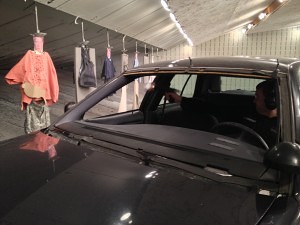 I still live by the old military adage we learned: KISS (Keep It Simple). We can drop off the last S. Trying to impress your students with big words only confuses the students and makes learning harder. There is no need to carry a dictionary on the range. It comes right back to the ego again.
I still live by the old military adage we learned: KISS (Keep It Simple). We can drop off the last S. Trying to impress your students with big words only confuses the students and makes learning harder. There is no need to carry a dictionary on the range. It comes right back to the ego again.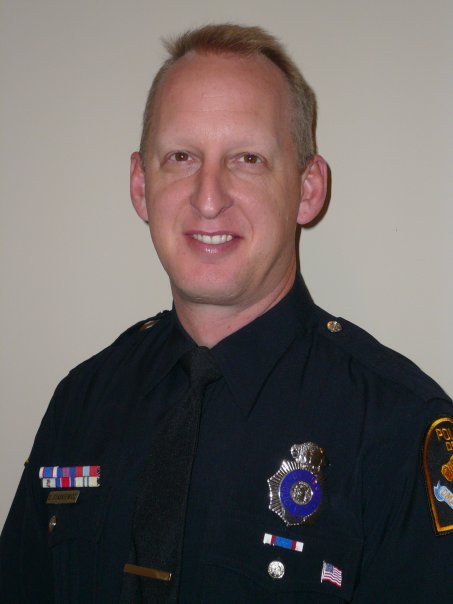 About Dave Staskiewicz
About Dave Staskiewicz 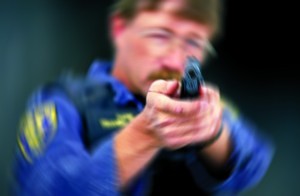 The officer then hit me with a question, “How would being injured in a fire fight encounter affect your firearm accuracy?” Being young and cocky, my response was, “That should not matter, sight alignment and sight picture would be the same. I still should be able to hit the threat no matter what.” The old salty police officer looked at me as he leaned back in his chair and just smiled. After a few moments of both of us just staring at each other, the old guy said, “I will give you credit for being a good firearms instructor, but I can see that there are some things you have yet to experience in this life as a police officer.” After that brief lunch, it was as if I had just been educated by one of the three wise men.
The officer then hit me with a question, “How would being injured in a fire fight encounter affect your firearm accuracy?” Being young and cocky, my response was, “That should not matter, sight alignment and sight picture would be the same. I still should be able to hit the threat no matter what.” The old salty police officer looked at me as he leaned back in his chair and just smiled. After a few moments of both of us just staring at each other, the old guy said, “I will give you credit for being a good firearms instructor, but I can see that there are some things you have yet to experience in this life as a police officer.” After that brief lunch, it was as if I had just been educated by one of the three wise men.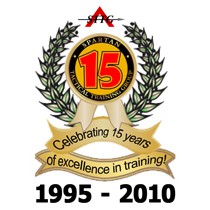 By John Krupa III of Spartan Tactical Training Group and Action Target Academy
By John Krupa III of Spartan Tactical Training Group and Action Target Academy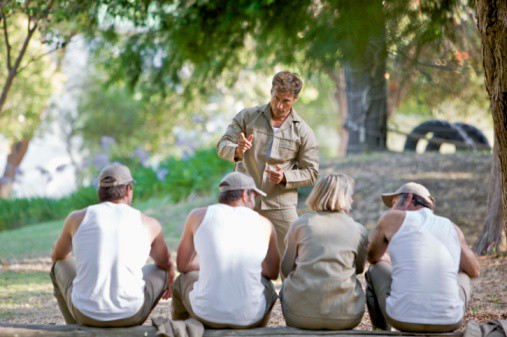
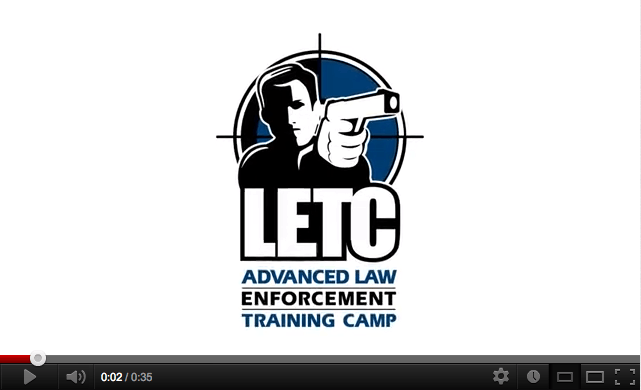

 The specific purpose of the Portable Target Course Book is to “ensure trainees a program that is designed to develop trainings that are safe, test fundamental skills, increase and enhance movement, improve the target selection thought processes, and enhance overall tactical awareness.” Action Target’s Portable Targets have become an industry standard and leader and the course book allows for a better overall training experience.
The specific purpose of the Portable Target Course Book is to “ensure trainees a program that is designed to develop trainings that are safe, test fundamental skills, increase and enhance movement, improve the target selection thought processes, and enhance overall tactical awareness.” Action Target’s Portable Targets have become an industry standard and leader and the course book allows for a better overall training experience. This is the same concept that is taking place when a bullet travels into the bullet trap. In front of the bullet there is a large wall of air that is being pushed into the trap. When a supersonic crack sounds, what is actually happening is that the bullet is breaking the shockwaves of air. This same air is what is being pushed in the bullet trap. If there were no dust collector on the bullet trap, the overpressure of the air entering the trap would collect surrounding particles and lead dust and shoot it back onto the range. This is where the dust collector becomes essential. The dust collector enables a negative pressure to be established inside the bullet trap, and it functions at a rate that is high enough to overcome the bullets and air pressure entering the trap. Referring again to the example of the cotton ball and the glass, if there was no back on the glass it would be easy to push the cotton ball to the rear of the glass by blowing on it. This is possible because there is no overpressure in the glass.
This is the same concept that is taking place when a bullet travels into the bullet trap. In front of the bullet there is a large wall of air that is being pushed into the trap. When a supersonic crack sounds, what is actually happening is that the bullet is breaking the shockwaves of air. This same air is what is being pushed in the bullet trap. If there were no dust collector on the bullet trap, the overpressure of the air entering the trap would collect surrounding particles and lead dust and shoot it back onto the range. This is where the dust collector becomes essential. The dust collector enables a negative pressure to be established inside the bullet trap, and it functions at a rate that is high enough to overcome the bullets and air pressure entering the trap. Referring again to the example of the cotton ball and the glass, if there was no back on the glass it would be easy to push the cotton ball to the rear of the glass by blowing on it. This is possible because there is no overpressure in the glass.